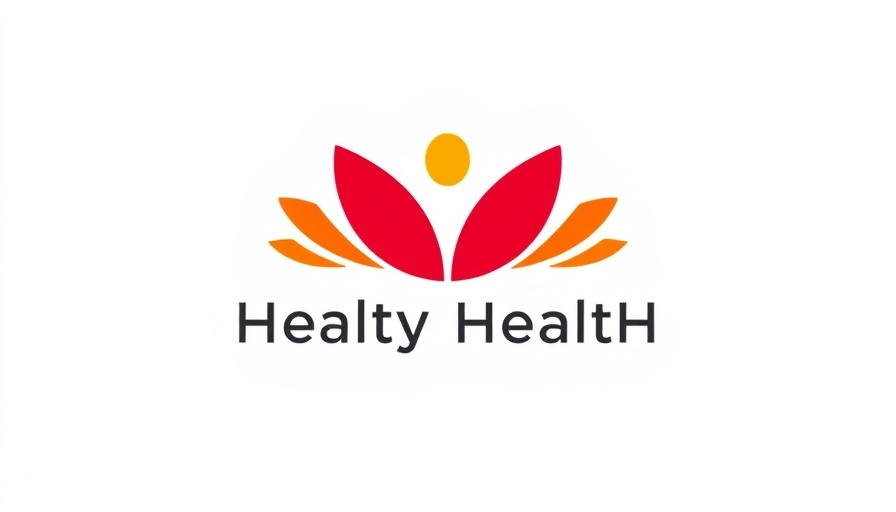
The Reality Behind a Quiet Flu Season
This year's flu season started with an unexpected calmness, leaving many to question whether the anticipated uptick in infections would hold true. Despite this quiet start, health experts warn against complacency. The Centers for Disease Control and Prevention (CDC) reports that we could see a significant wave of flu cases as the season progresses. For example, in previous seasons, even a moderate outbreak led to thousands of hospitalizations and deaths.
Understanding Flu Patterns and Risks
Last year's flu season witnessed over 28,000 fatalities, and experts suggest that this trend is likely to repeat itself, albeit perhaps with less intensity. Ryan Maves, a physician at Wake Forest University, emphasizes that even mild flu seasons can pose severe risks, particularly for vulnerable populations such as the elderly and those with chronic health conditions. Current trends suggest a cautious optimism; however, the emergence of a novel flu strain could alter the trajectory unexpectedly.
Vaccination As a Shield Against Uncertainty
Vaccinations offer a crucial line of defense against influenza. This year, several innovations make it easier for the public to get vaccinated. The FDA has approved a self-administered nasal vaccine, a convenient option for many hesitant about traditional injections. Moreover, a reformulated high-dose vaccine (Flublok) targeting those aged 9 and up is also available, further increasing the potential for community immunity.
Testing and Early Detection Are Key
Enhanced flu testing capabilities can also change the way we respond to flu outbreaks. With the advent of rapid at-home flu tests, individuals can gain faster results and seek timely treatment. This represents a significant public health advancement, especially as hospitals continue to face challenges brought on by previous respiratory viruses such as COVID-19. The data indicates that rates of hospitalization due to influenza have already surged compared to earlier years, stressing the importance of early intervention.
The Importance of Personal Responsibility
While health experts outline essential preventive strategies, personal responsibility remains crucial. Individuals can take proactive measures by getting vaccinated, practicing good hygiene, and seeking medical care promptly if they develop flu-like symptoms. Social distancing and protective measures learned during the pandemic can also significantly reduce transmission rates.
Looking Ahead: Predictions for the Flu Season
Although the flu season's early signs may seem deceptively calm, experts agree that the situation could change rapidly. In fact, CDC data shows that flu testing has increased by nearly double compared to last year, indicating higher detection of the virus. As the weather cools, flu activity is on the verge of intensifying. With historical patterns indicating that flu cases often peak in the winter months, proactive measures can mitigate the impacts of the flu.
As we navigate this season, the lessons from previous years remind us that vigilance is essential. Waiting until an outbreak is evident can lead to dire consequences—not just for vulnerable populations but for all concerned. The emphasis this year on vaccination and rapid testing underscores a commitment to public health that becomes all the more vital as the season unfolds.
By adopting these measures early, we can strive for a healthier flu season despite the inherent uncertainties.
 Add Row
Add Row  Add
Add 




Write A Comment